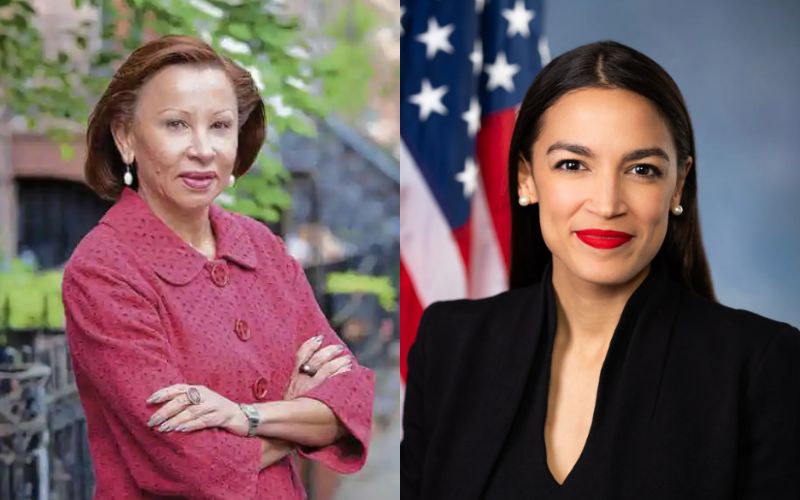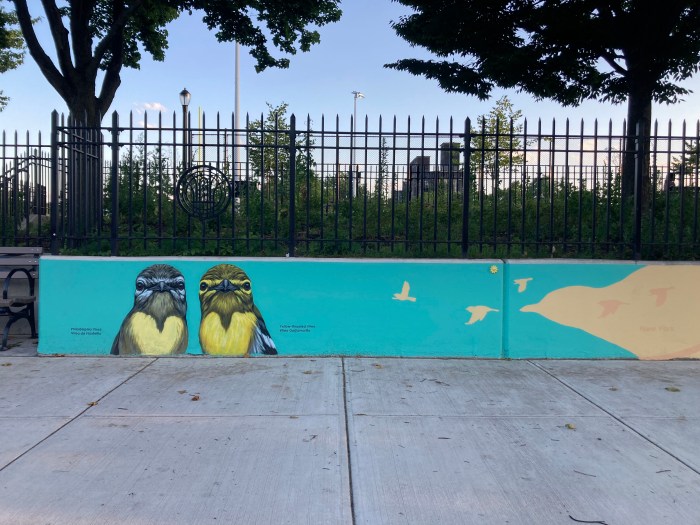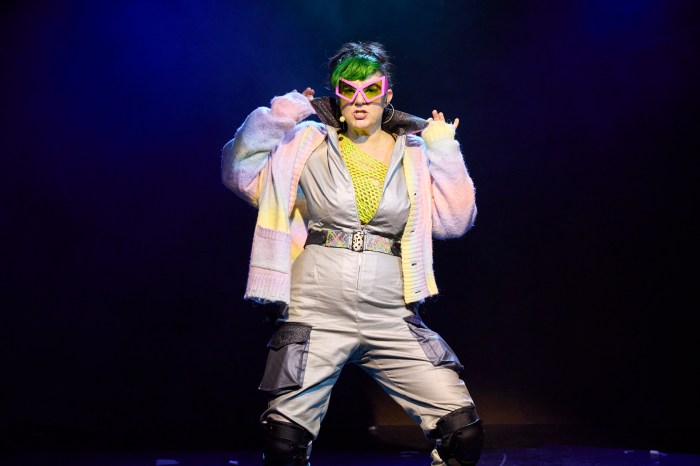This week marked the fifth anniversary of Occupy Wall Street, the event that Michael Pellagatti says changed his life.
He was working nights as a security guard at — irony acknowledged — a Merrill Lynch building. A little college on the side, a little activism with Jersey City pacifist groups. He was born and raised in a conservative family, but he’d been shifting left since high school, his perspective challenged by stints in homogenous sections of Florida, he says, and work in Newark where he briefly drove a watermelon truck.
When word started to spread that a group was organizing to oppose Wall Street, he says he was directionless in a “dead-end job” but generally interested. He made it late to the first day’s action on Sept. 17.
He stayed more or less from then on out and Occupy ended up clarifying his life and politics. Occupy is embedded in American political and social consciousness, even though the physical encampment is long gone. And because it is, Pellagatti gives tours.
A walk through movements past and present
Pellagatti’s booming voice is well suited to cutting through the hustle and bustle of Lower Manhattan, even on an intimate tour this week for a tourist from Germany and me.
The small group didn’t bother Pellagatti, 29, hustling through crowds of Wall Street folks, sticking out with his backpack, mohawk, outer bicep tattoo, and cargo shorts, compared with their sober and refined business dress.
He is a bus tour guide by day and schedules his specialized tours by appointment. A brief moment of media attention on his tours in early 2015 brought some followers, he says, but the majority of his customers, often college groups or activists, “find” him.
The tour connects Occupy to historic movements. Past Federal Hall where colonial-era freedom of press and speech battles were fought and Vietnam War protests were held. Over to William Street, near elegant Cipriani’s, where Pellagatti remembers seeing revelers on the balcony laughing at early Occupiers marching by.
The tour culminates at Zuccotti Park, birthplace of what Pellagatti calls a “micro civilization,” a “sociological experiment,” and “the old stomping grounds.”
“It’s so much smaller than I imagined it,” says the visitor from Germany.
Highlights of Zuccotti Park
Pellagatti pointed out his sleeping spot at the top of the park off Broadway, near the media center. He showed off the library (books famously sheltered by a tent paid for by Patti Smith), the general assembly space and the sanitation section where Alec Baldwin once pitched in: “He swept for about ten minutes.”
Pellagatti says he tries to give an unbiased picture of the movement. He notes that incidences of sexual harassment took place, but only once the tents went up. He says the movement could have “reached out more” to embattled communities locally — in the South Bronx or even nearby Chinatown, fighting gentrification even then.
He suggests that at times there were two Occupies: One, in the upper half of the park, where well-meaning liberals (and, sometimes, “trust-fund” kids) worked excitedly to organize a global movement. In the lower half of the park, near the drum circles, the radical half hosted the homeless or those down on their luck. Sometimes there was a racial divide.
Put another way, it was those who could be convinced to work inside the electoral system against those who never would. Anachronistically, those who would support Sen. Bernie Sanders vs. sections of Black Lives Matter supporters who want to get rid of the police.
When Occupy was at its best, says Pellagatti, that would be a false dichotomy: Occupy encompassed both movements’ impulses, and both those movements bear the imprint of Occupy today.
What has happened since then?
We’ve lifted up Sanders and Sen. Elizabeth Warren. The “conversation” has changed, as people like to say. But Wells Fargo is still stealing people’s money.
There are still often-mindboggling disparities of wealth on the same sidewalks — the shoeless homeless woman turned away from the men and women in on their way to or from office jobs. Sometimes, bridging the gap, they bend and offer a few bucks.
At the end of the tour — pay as you will for activists and those who can’t afford, but $32 for tourists who can — Pellagatti considers whether to head to Union Square for a rally against police brutality, after the deaths of Terence Crutcher and Keith Lamont Scott.
He says the rallies are important, but he worries they’re not getting through to the public. Things haven’t changed.
It might be time for new protests, or new groups to get engaged, to try to move a ball down a road that seems endless.































